AI breakthrough in mineral processing unlocking millions in value
Global mining and processing operations are under intense pressure. Ore grades are declining, operating costs are increasing, mineralogical complexity is rising, and a new generation of operators is entering the workforce just as process experts are retiring. For operators and metallurgists, these realities play out in control rooms every day: changing ore bodies, frequent disturbances, and lost revenue when setpoint decisions are not optimal.
While geometallurgical variability remains a dominant driving force for downstream performance, our experience across many operations suggests that 5–20% of process variability and metal losses in minerals processing circuits can be traced directly to sub-optimal setpoint selection. In an industry built on thin margins and volatile markets, that’s the difference between a mine that thrives and a mine that merely survives.
Conventional advanced process control (APC) solutions, such as fuzzy logic and matrix model systems, plateau in variable, complex environments where the rules of the game keep changing. When coupled with operator limitations, value is left on the table. This is where AI-assisted process control steps in.
Artificial intelligence offers enormous promise. But in complex industrial environments, AI cannot deliver value in isolation. At least, not yet. To be effective, it must be rooted in clear problem definition, accurate process models, and, importantly, in operator experience that gives context to the data. Yes, algorithms are essential, but first, understanding the problem and the desired outcome is the critical challenge.
Hatch has developed a groundbreaking AI-assisted process control—a new control paradigm that combines first-principles models, process knowledge, and adaptive neural network technology to continuously support operator decision-making in real time. It’s embedded intelligence, built directly into the asset, enabling plants to run better, faster, and more consistently. More than a simulation or digital overlay, it is intelligence that lives inside the operating asset, augmenting operators and unlocking new levels of performance.
Applying Hatch’s AI-assisted process control
MMG’s Dugald River Mine is one of the world’s highest-grade zinc deposits. From commissioning, the mine’s operators had built a culture of continuous improvement and strong baseline zinc circuit performance, with rougher-scavenger recovery averaging ~96%. Despite multiple improvements, the Dugald River team were still experiencing recovery variability associated with changing feeds and setpoint decision inconsistency. They began looking toward process-centric AI to autonomously optimize “treatment recipes” as the plant feed dynamically changed.
Following an extensive market scan, MMG partnered with Hatch to take a fundamentally different approach to process automation, grounded in process-first engineering and purpose-built AI. Guided by deep operational, process, and machine learning expertise, we developed and deployed a closed-loop AI system capable of accurately modeling flotation behavior and autonomously selecting optimal setpoints, all in real time and completely integrated into the control layer. Commissioned in January 2025, this AI-assisted flotation controller is one of the first applications of autonomous neural networks in mineral processing.
MMG’s AI implementation targets maximum net smelter return (a net-revenue objective) on each short-interval decision loop. Without a single physical modification to the plant, this objective aims to achieve measurable, sustainable improvements in the grade-recovery position of the process, reagent consumption management, and stable, autonomous plant control.
Based on the efficiency of our deployment, the payback period will be measured in weeks and months, not years.
This closed-loop technology took what was initially an idea to encode great operator decision-making, and is creating a paradigm shift. It is proof that the technology works in production, and it provides the confidence to extend the technology across a range of other metallurgical processes within concentrators, hydrometallurgical plants, and smelters.
Taking it forward
Unlike black-box AI models, our solution is built with high transparency. It doesn’t just recommend setpoints, it exposes critical operational relationships, reports its errors, encodes knowledge, and validates decisions against process heuristics, moving beyond known limitations of advanced process control and model predictive control. It mimics existing operational concepts and makes them more easily accepted by operators. No AI system succeeds if the operators on the ground don’t believe in or understand its recommendations.
Hatch’s AI-assisted process control is built to solve:
- Multivariate decisions with many inputs and many outputs
- Decisions made on a minute-by-minute timescale where operators still intervene frequently
- Complex or nonlinear relationships between inputs and outputs
- Areas where small incremental improvements generate large economic gains (throughput, recovery, energy, asset life).
The success at Dugald River resulted from a combination of human expertise and system design, merging decades of metallurgical knowledge with machine learning capabilities to create a unique solution. It’s an important leap toward full bidirectional process automation and marks a turning point in mineral processing not yet seen before. The potential of AI to transform how the mineral processing sector operates is enormous. It’s an adaptable paradigm with flotation as just the first successful application. And it’s only the tip of the iceberg.
Explore more: Annual review 2025
- PROJECT
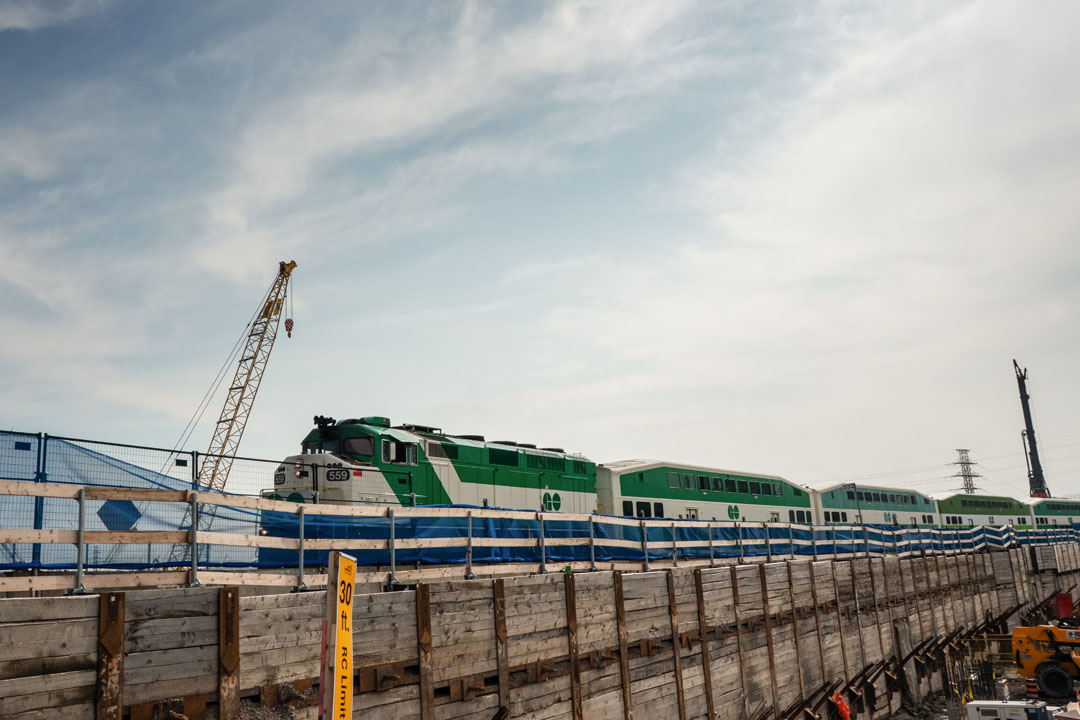
East Harbour Transit Hub
- INSIGHTS
Efficiency by design: Delivering Capital projects in today’s markets
- PROJECT
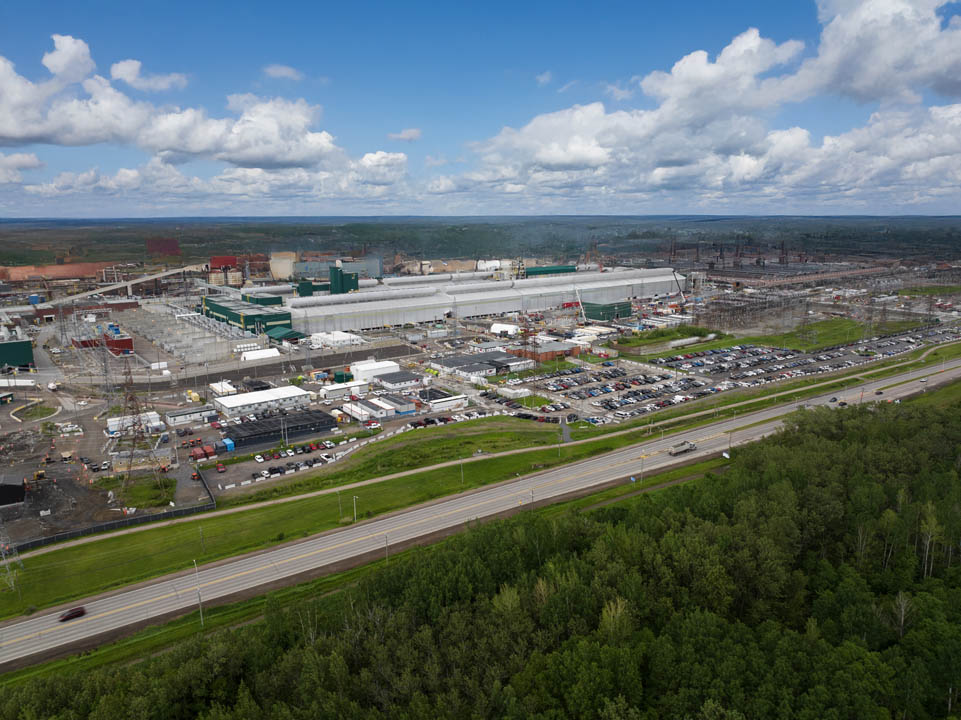
AP60 Expansion Project
- INSIGHTS
Ushering in a new era of intelligent risk-based decision making in construction
- PROJECT
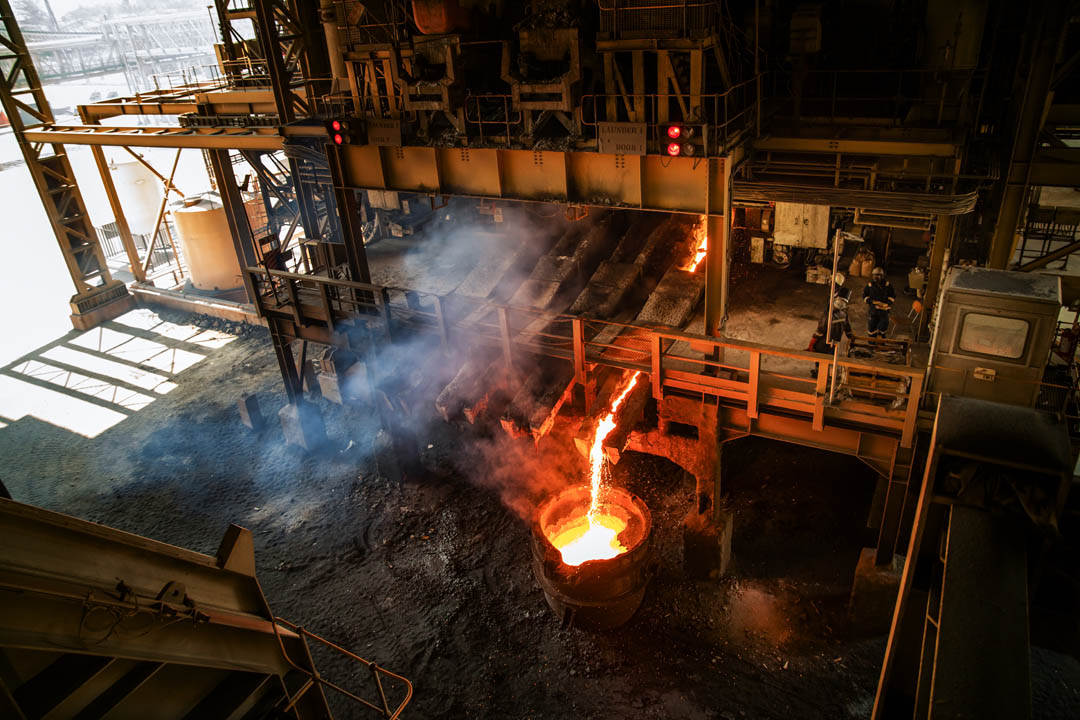
Zimplats Smelter Expansion
- INSIGHTS
Contractor delivery for successful project outcomes
- PROJECT
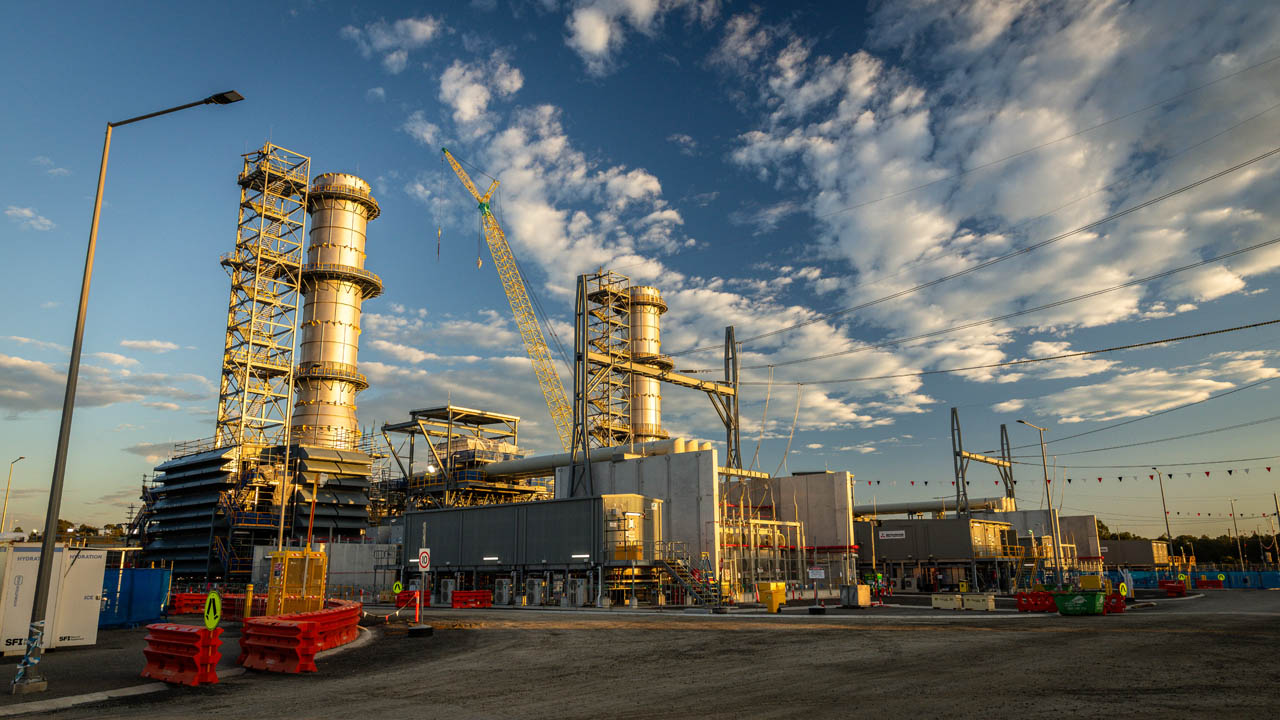
Hunter Power Project
- INSIGHTS
Are you leaving value on the table after the build?
- INSIGHTS
AI breakthrough in mineral processing unlocking millions in value
- INSIGHTS
The faster, the better? The intersection of rapid delivery and responsibility
- PROJECT

Newmont’s Yanacocha Water Transition Projects
- PROJECT
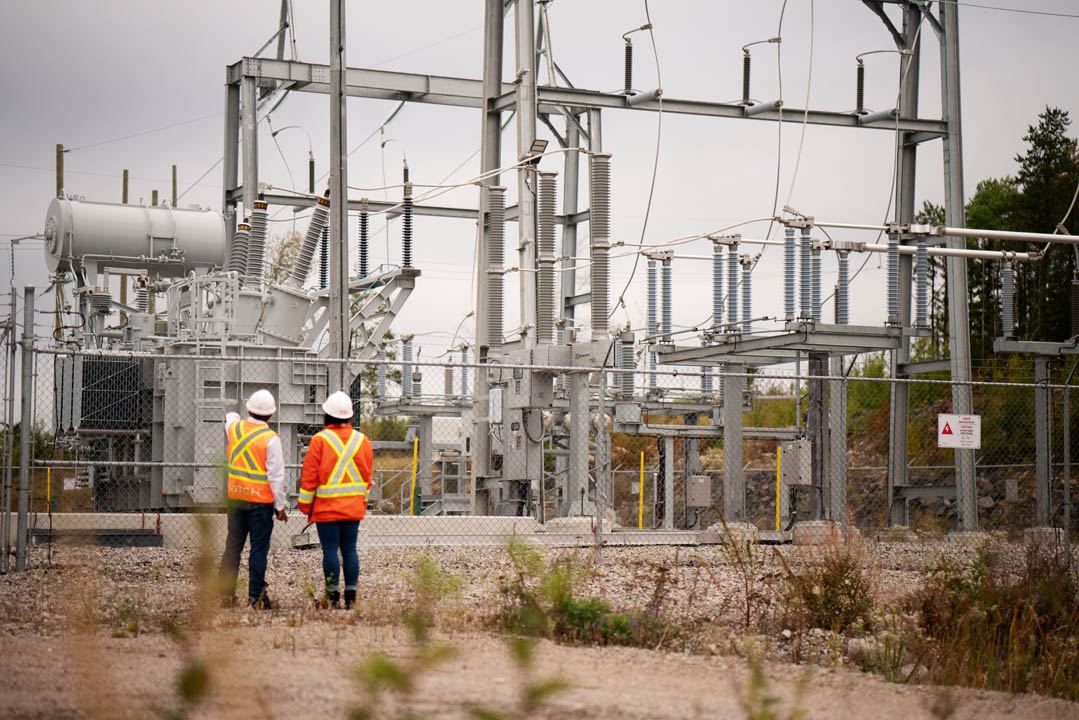
Wataynikaneyap Power Transmission Project
- PROJECT

Sound Transit’s System Expansion